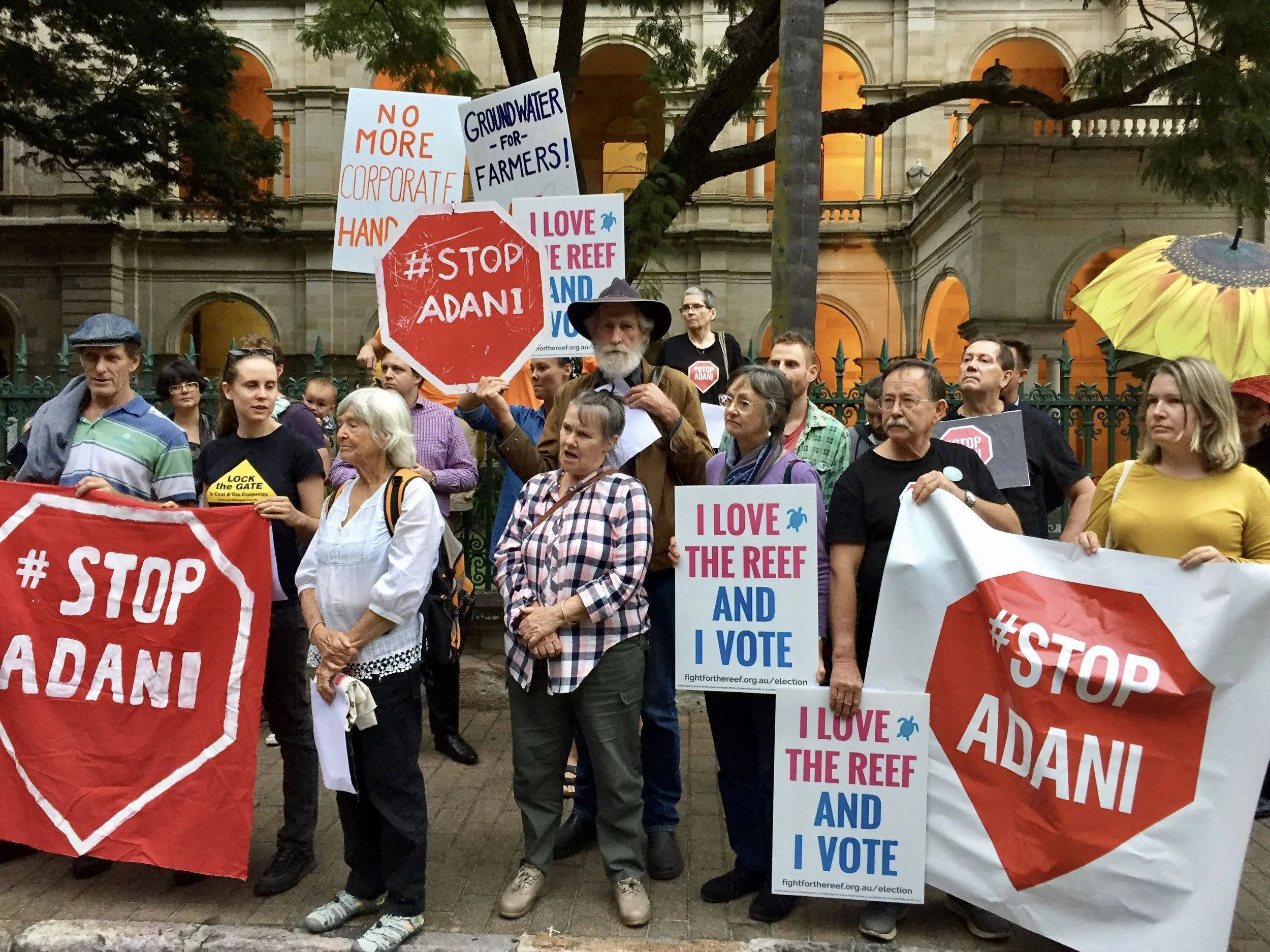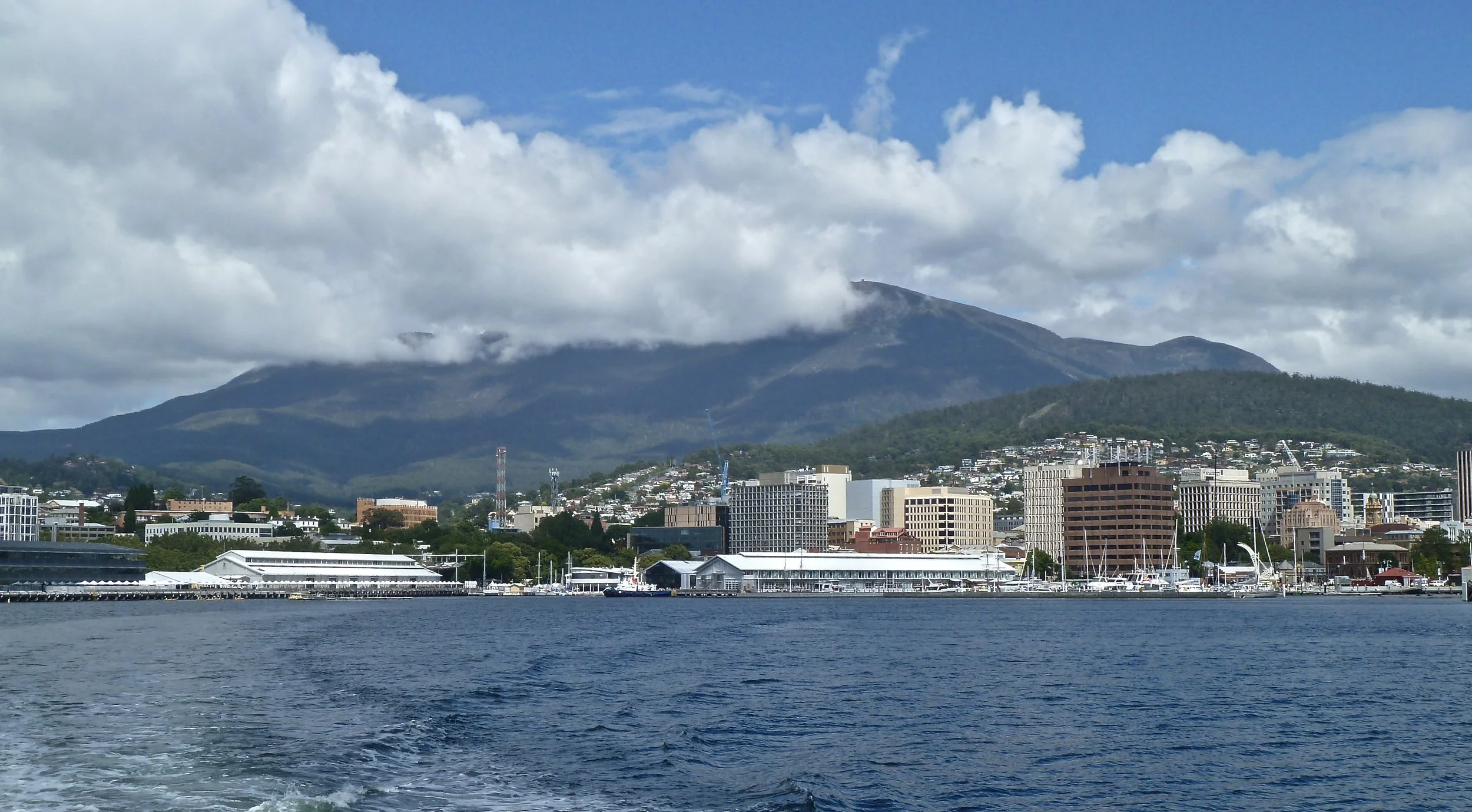A reply from 'Premier Palaszczuk'
Office of the Premier of Queensland
Minister for the Arts
1 William Street Brisbane
PO Box 15185 City East
Queensland 4002 Australia
Telephone +61 7 3719 7000
Email ThePremier@premiers.qld .gov.au
Website www.thepremier.qld.gov.au
08 MAY 2017
Mr/Ms Jude Garlick
HAWTHORNE QLD 4171
Dear Mr/Ms Garlick
Thank you for your letter of 22 April 2017 regarding the proposed Carmichael coal mine and the Great Barrier Reef (the Reef). I have been requested to reply to you on behalf of the Premier.
Improving the resilience of the Reef, particularly by improving the Reef's water quality, is a key priority of the Queensland Government. In 2015, UNESCO's World Heritage Committee decided not to list the Reef as 'in danger'. This important decision was a sensible move, and it acknowledged the firm and swift action which the Queensland Government has taken since coming to office. The Queensland Government remains committed to improving the Reef's water quality, allocating $100 million to Reef water quality initiatives. This brings the total state-sourced funding for work under the Reef 2050 Long-Term Sustainability Plan to over $400 million.
Importantly, the Queensland Government has also delivered on its election commitment to ban offshore dumping of dredge spoil in the Reef World Heritage Area. Since coming to office, other key Queensland Government initiatives include:
- continuing to support Best Management Practice programs for reducing sediment and fertiliser run-off from agriculture into the Reef water catchments
- reinstating compliance arrangements for the cane and grazing sectors relating to mandatory fertiliser and pesticide use requirements
- finalising a new Queensland Planning Act which reinstates coastal planning protections to ensure areas at high risk of coastal erosion are maintained as development free
- establishing new net-free fishing zones in Cairns, Mackay and Rockhampton to help reduce net entanglement for turtles, dolphins and dugongs
- acquiring Springvale Station, which contributes 40 per cent of the sediment from Cape York's Normanby catchment, to facilitate its rehabilitation and reduce sediment run-off
- continuing collaboration on the Raine Island turtle rookery recovery project.
Beyond the specific focus on Reef matters, Queensland is working to play its part in reducing global carbon emissions. For example, the Queensland Government has delivered Solar 150, a policy to underwrite renewable energy that has supported Queensland to secure more than half of the latest funding round from the Australian Renewable Energy Agency. Projects from this funding round will provide more than $600 million in investment with six solar power stations across regional Queensland, supporting 500 jobs and delivering 300 megawatts of new renewable generation capacity.
The Queensland Government is also actively facilitating renewable energy investment with a project pipeline for renewable energy of 2500 megawatts including solar, wind, hydropower, biomass and geothermal. The Renewable Energy Expert Panel has identified pathways to meet a 50 per cent renewable energy target in Queensland by 2030 supporting between 6400 and 6700 jobs. Another initiative that contributes to meeting the challenges of climate change is the Queensland Government's work to establish a biofuels industry. This work has the potential to reduce our reliance on imported fossils and will provide cleaner fuels for uses that include aviation .and the United States Navy Great Green Fleet initiative.
All of this work will take time and projects like Carmichael have a role during the transition through the take up of 'low sulphur, low ash coal' in developing economies such as India. Importantly, the Indian Government has committed to the Paris Climate Change Agreement and for having 40 per cent of India's power generated from non-fossil sources by 2030. However, their new generation of low emissions power stations require high quality product to be effective.
In addition to honouring its commitment to not subsidise the Carmichael project, the Queensland Government has stipulated that financial closure must be demonstrated before any dredging works can commence. The dredging works at Abbot Point are subject to stringent approval conditions which ensure that the project will not pose a risk to the Reef. The mine itself is also subject to 140 conditions under the relevant environmental approval and another 190 conditions required by Queensland's Coordinator-General.
Again, thank you for taking the time to write to the Premier and I hope this information is of assistance to you.
Yours sincerely
MARK BIDDULPH
DEPUTY CHIEF OF STAFF
PARLIAMENT AND POLICY
You'll notice, if you read my letter to the Premier, a massive difference in emphasis between my letter and Mark Biddulph's response. The main thrust of mine was, please halt Adani's Carmichael mine: his is, look how well we've done to protect the Great Barrier Reef. I acknowledge the Queensland government's measures to improve conditions on the Reef, but they will all be pointless in the face of massive increases in carbon emissions and the consequent ocean temperature rise, should the vast reserves of coal from the state's Galilee Basin be burned around the planet.
I was interested to read about the 'project pipeline for renewable energy of 2500 megawatts' to help progress Queensland towards its 50 per cent renewable energy target by 2030.
However, when Mr Biddulph finally gets around to the subject of the Carmichael mine in the final two paragraphs, I have to take issue with him. For a start, India's determination to decrease its dependence on imported coal, and fossil fuels generally, sees it well on the way to its non-fossil power generation targets under the Paris Climate Change Agreement. Instead of 40 per cent by 2030, it is currently forecasting 57 per cent by 2027 – an 'absolutely transformational' prediction. By the time Adani ships any Galilee Coal to this particular developing nation, it will be well down the road to transition (to clean energy).
Incidentally, can anyone remember when either the Turnbull or the Palaszczuk government began to take such an interest in the supply of electricity to India's poor?
The penultimate paragraph is of great concern. I do indeed remember Labor's commitment prior to their election not to subsidise the Carmichael project. It is within the state government's power to stiffle any crazy ideas north Queensland Liberal or National politicians might have of allocating almost a $1 billion of the Northern Australia Infrastructure Facility's budget to fund Adani's rail line from mine to port. Mark Biddulph's government doesn't comment much on this subject.
Then, disturbing rumours began circulating in the last 48 hours about deferred royalty payments for Adani for a few years. The Australian put the value of the concession still on the discussion table between the Queensland government and Adani at $320 million. This will be repaid at a later date, but that's not much use to Queenslanders in the near future, is it? And is a 'royalty holiday' not a subsidy by another name?
This news went down like a lead balloon on Thursday. Angry people soon gathered outside Parliament House in Brisbane (top). I tried to speak to Mark Biddulph the following morning about his letter; my huge disappointment in Queensland Labor for not grasping the level of anger about Adani among their constituents; and to ask when the rumours might be squashed or confirmed. He was not available.



